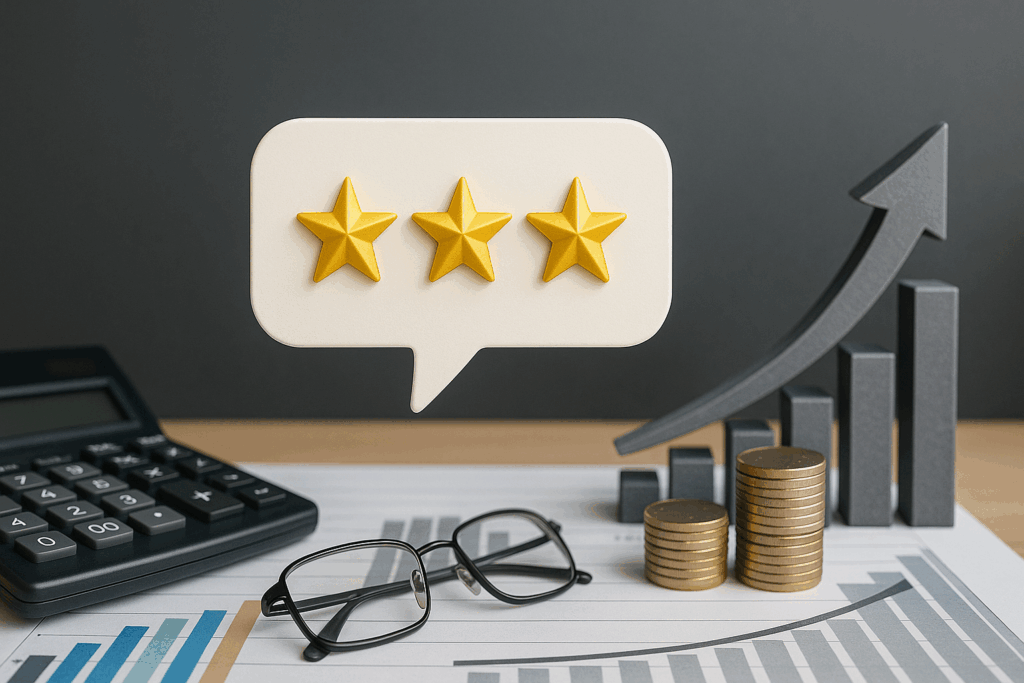“Boost – Check – Change – Check – Rich – Hot – Both – Try Start – No Start – Mayday – Mayday – Mayday – Land The Plane”.
For those of you that have taken flying lessons, you will fondly recognize this or some form of it. It is what we, in the Canadian Military, called a Red-Page Emergency…Engine Failure After Take-off. This was taken directly from our airplane checklist.
I first learned this emergency checklist when I was going through basic flight school in 1986 and I still remember it to this day. This emergency checklist (and the ability to execute it) along with landings were the two most common reasons students would fail flight training (over 50% failure rate in my class). As a pilot, we live and sometimes die by our ability to properly use and execute a checklist.
Since the 1930s, the aviation industry has adopted an almost zealous approach to checklists because it acknowledged the complexity of aircraft and the ability to fly them safely. This discipline has made a very complex industry one of the safest in the world because, according to US Census data, the risk of dying as a plane passenger is 1 in 205,152 versus dying in a car at 1 in 102.
What is it about checklists that make them such a powerful tool?
First, it’s how our brain works. In 2003, MIT Neuroscientists reported that the brain’s “checklist’ is in the prefrontal cortex, known for its ability to keep memories ready to use.
“The neurons whose activity they recorded responded faithfully with each movement but also had an “extra” response when the monkeys finished the entire sequence of movements. The experiments described in the report point to the extra response as being the checkmark — the brain’s way of noting that the behavior has been done.”
We also know that individuals who have impairments in that region of the brain will have difficulty in doing tasks (no checklist items) or repeating tasks over and over (no ability to mark it complete).
Another reason checklists are so powerful is when we are trying to change or simply performing complex tasks. They basically provide a cognitive safety net. As humans, we are flawed and we make mistakes! Sometimes these mistakes have very real consequences.
In his book “The Checklist Manifesto”, Dr. Atul Gawande had noted that over half of surgery deaths at the time were due to human error. After implementing checklists in surgery protocols at his hospital, complications dropped by 36% and deaths dropped 47% after the first three months!
Remember, when we want to change or “do” anything, the order in our brains is as follows –
- A memory or thought is recalled
- An emotion (meaning) is attached to that memory or thought
- We move to action.
However, we still need to have an emotional anchor to drive any behavior we have. I practiced those red page emergencies during my flight training because it would mean I could survive the emergency AND I could pass my course to become an airforce pilot. I practiced and ran through my checklists because becoming a pilot was important to me. What checklists are you reviewing each and every day because it’s important to you?
Finally, the following is another powerful story from Dr. Gawande’s book: When the band Van Halen toured, they had a checklist for the venues they were playing that needed to be followed to the letter. David Lee Roth would include one weird “step” within this checklist where he’d ask for a bowl of M&M’s in his dressing room; however, he wanted all the brown M&M’s removed. He explains his reasoning below:
“So just as a little test, buried somewhere in the middle of the “checklist”, would be article 126, the no-brown-M&M’s clause. ‘When I would walk backstage if I saw a brown M&M in that bowl,’ he wrote, ‘well, we’d line-check the entire production. Guaranteed you’re going to arrive at a technical error…guaranteed you’d run into a problem.’ These weren’t trifles, the radio story pointed out. The mistakes could be life-threatening. In Colorado, the band found the local promoters had failed to read the weight requirements and the staging would have fallen through the arena floor.”
Simply put – checklist drives consistent performance which leads to excellence.
Coaches Corner
Like a good coach, you need to build checklists for yourself and for those you coach so that everyone executes consistently. Remember, a good checklist has the following components:
- Clear pause point – natural breakpoints
- Speedy – takes less than 60 seconds – has 5-7 critical items
- It a supplement to existing knowledge – the key critical highlights for execution
- Field tested and improves, through change, over time
Keep the ego in check and rigorously use checklists as a part of your coaching arsenal for yourself and your teams.





